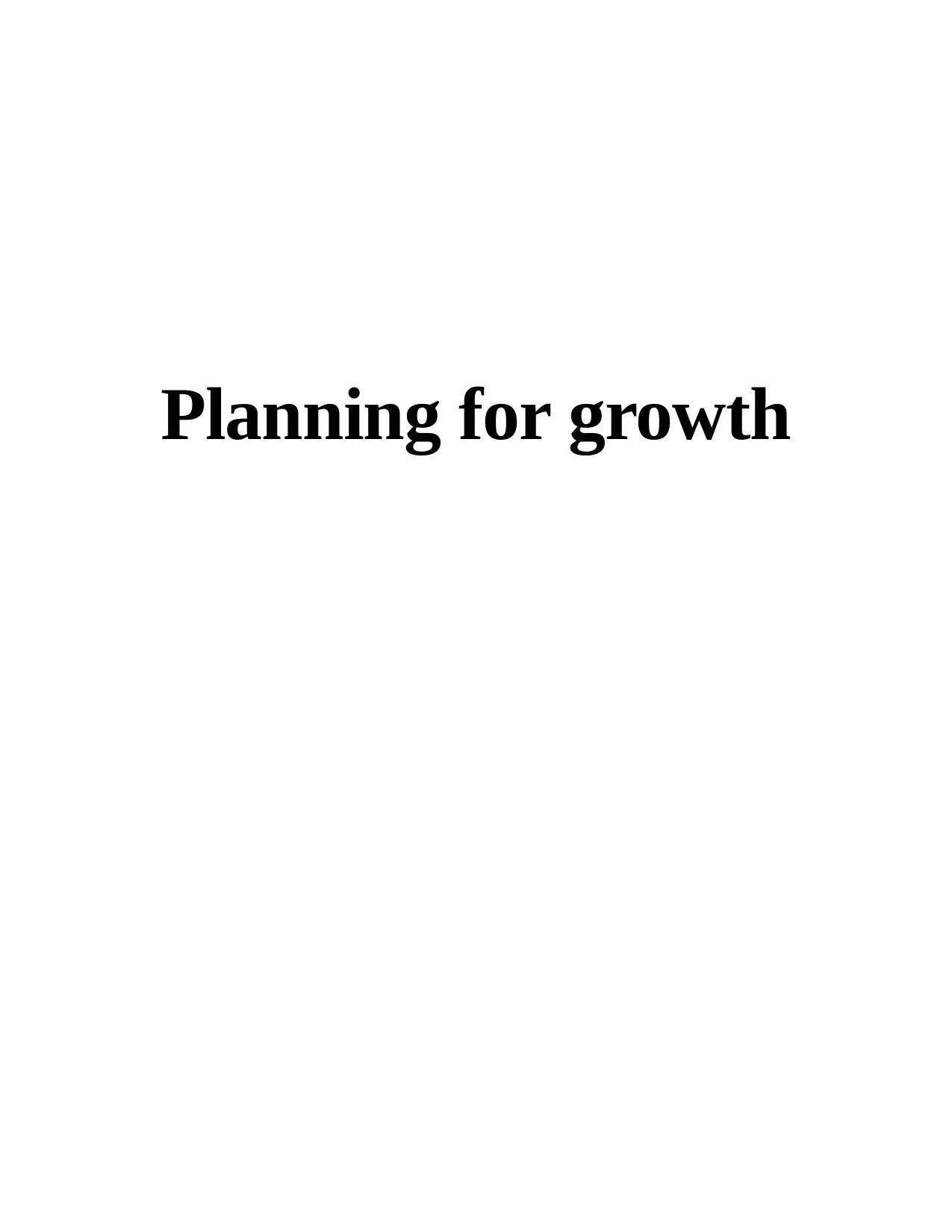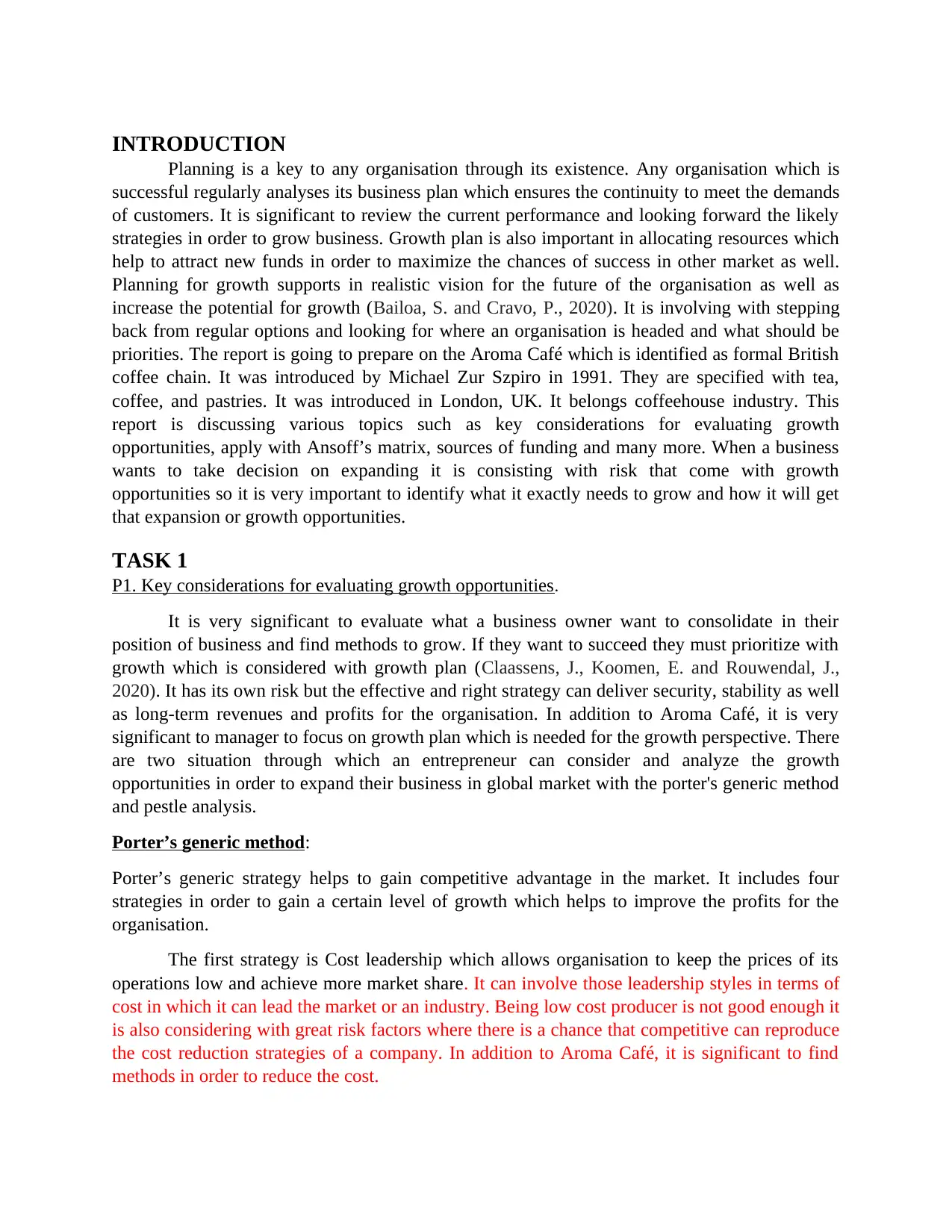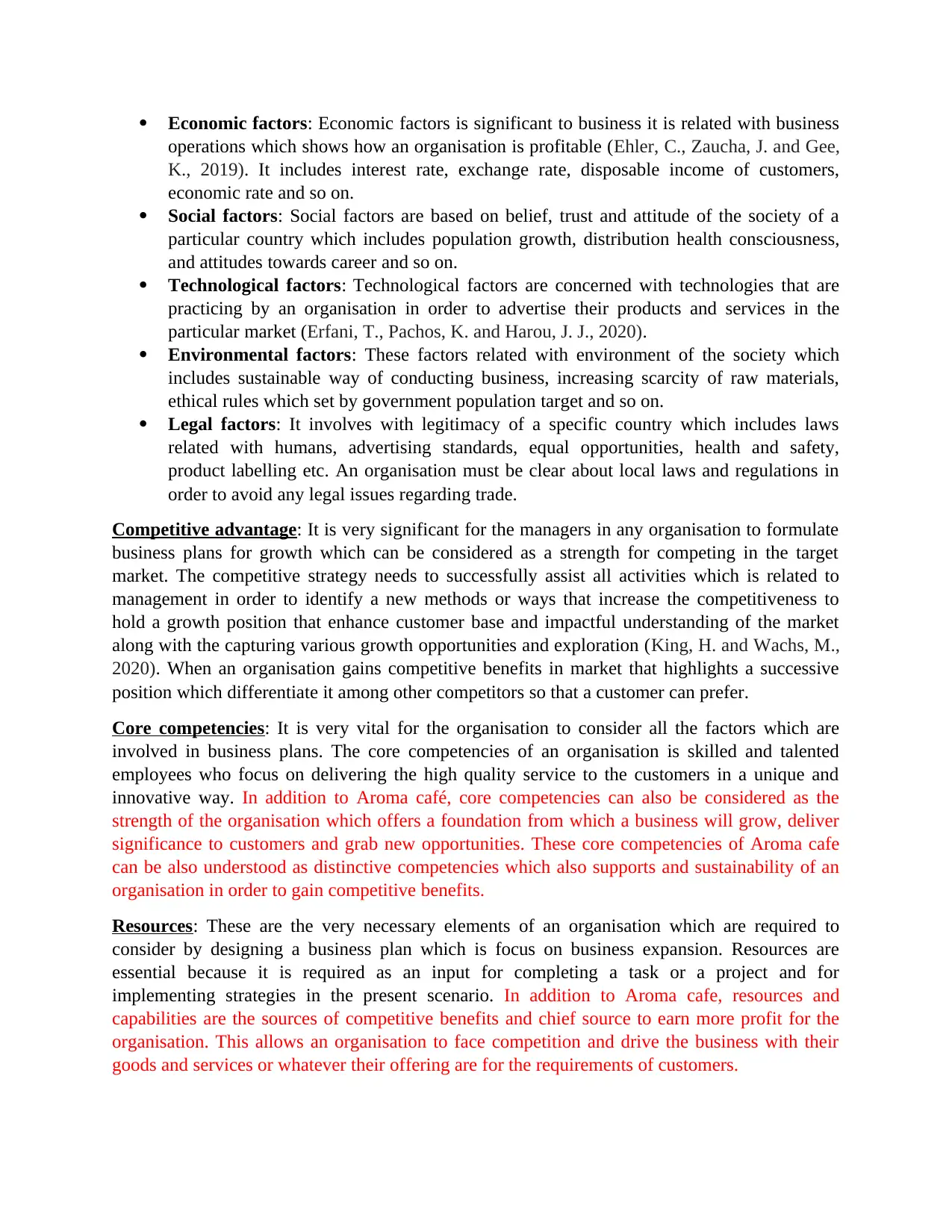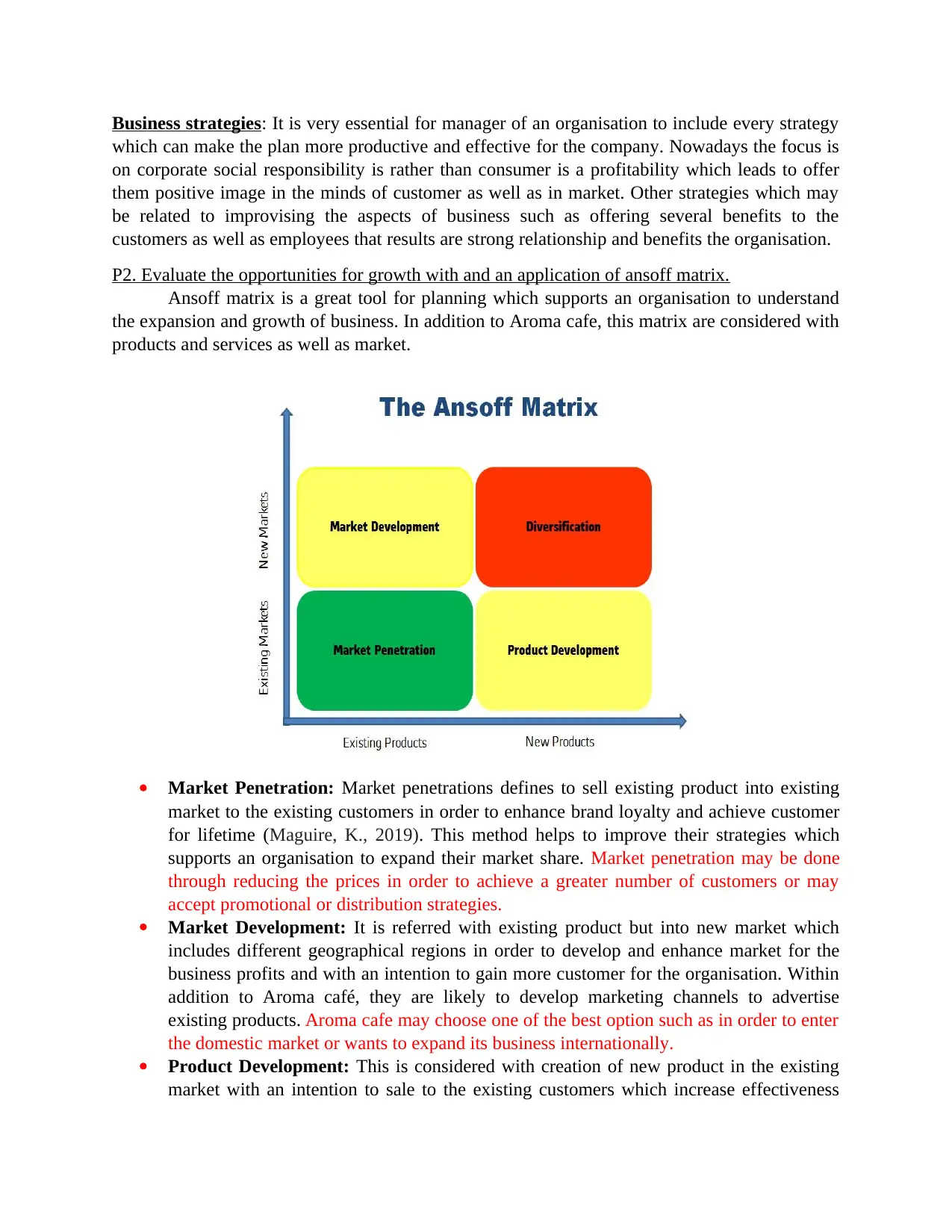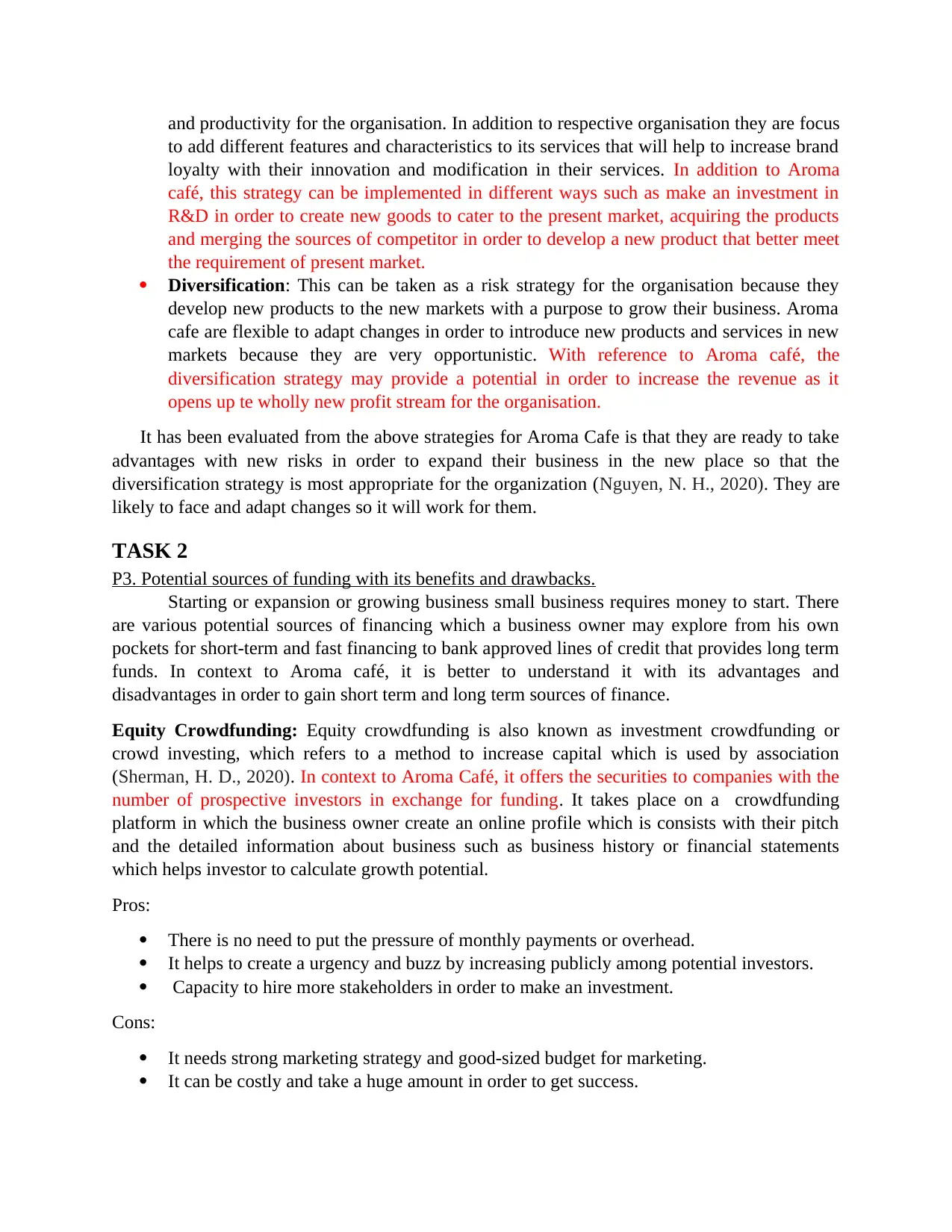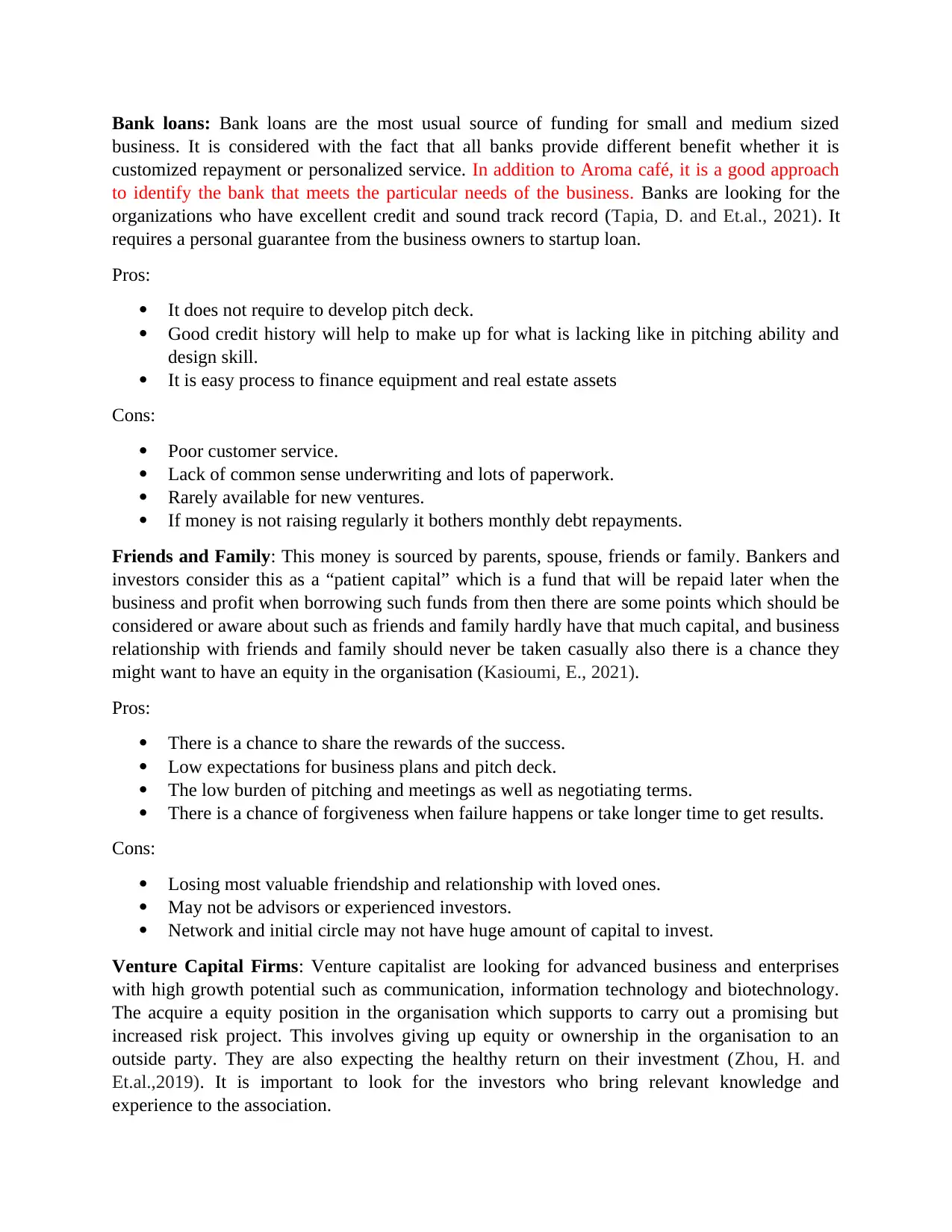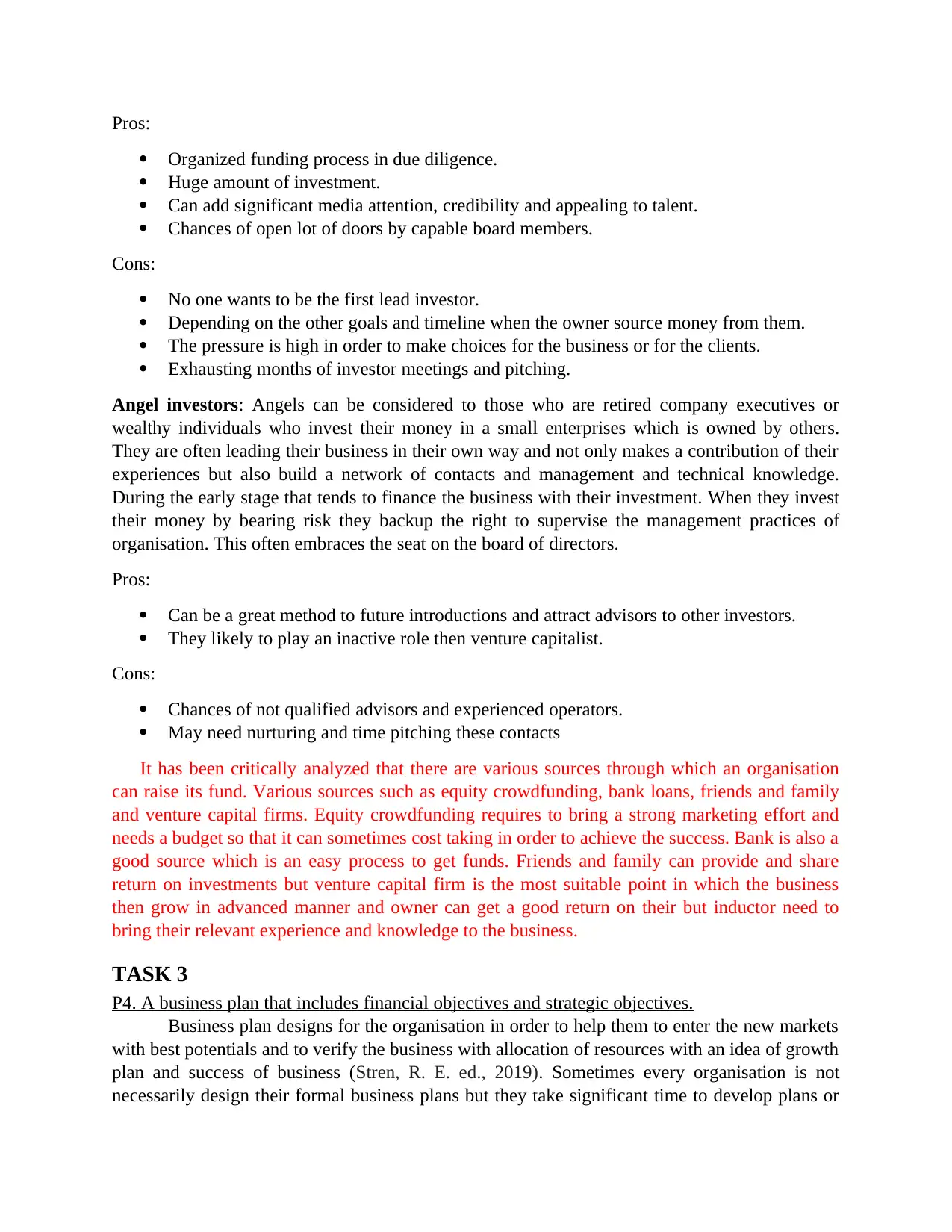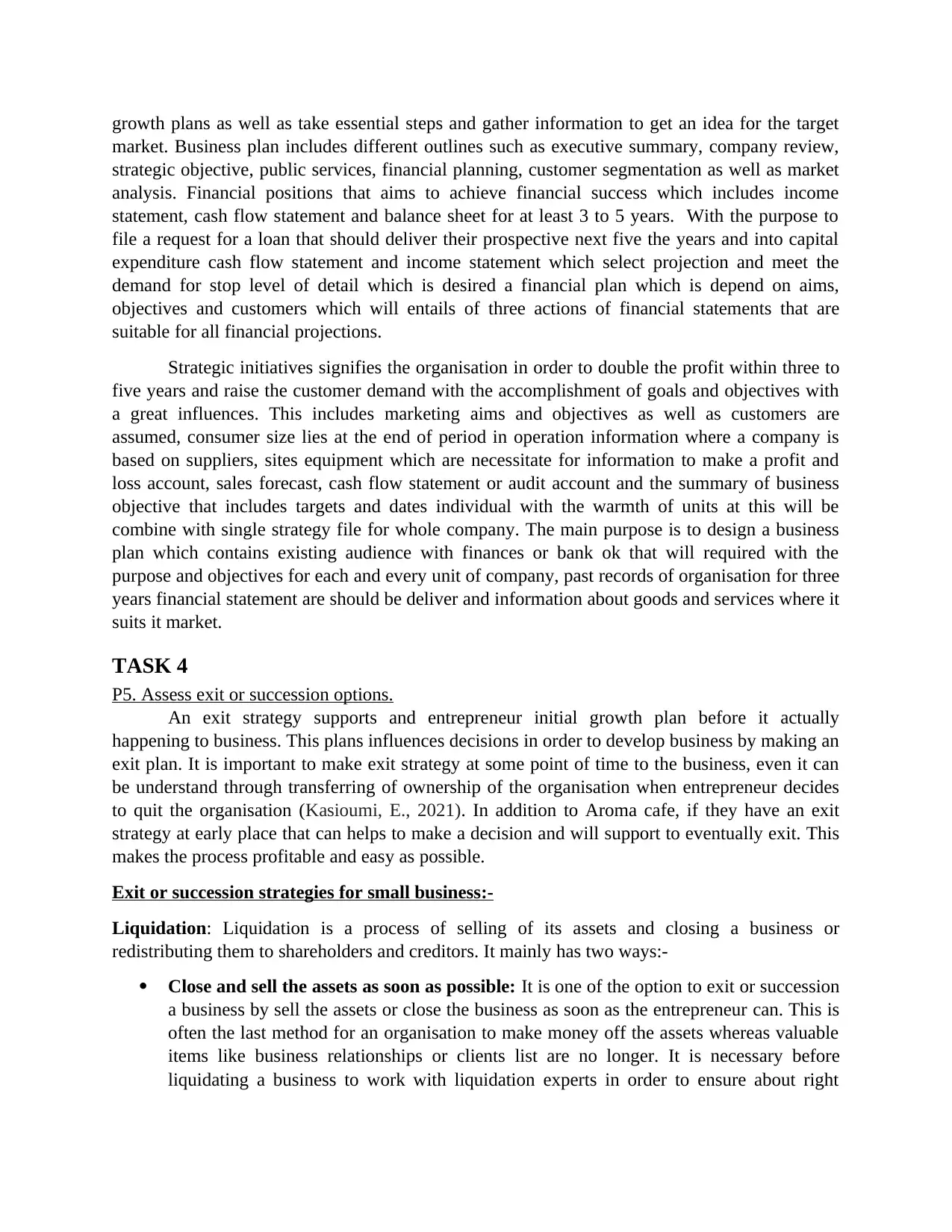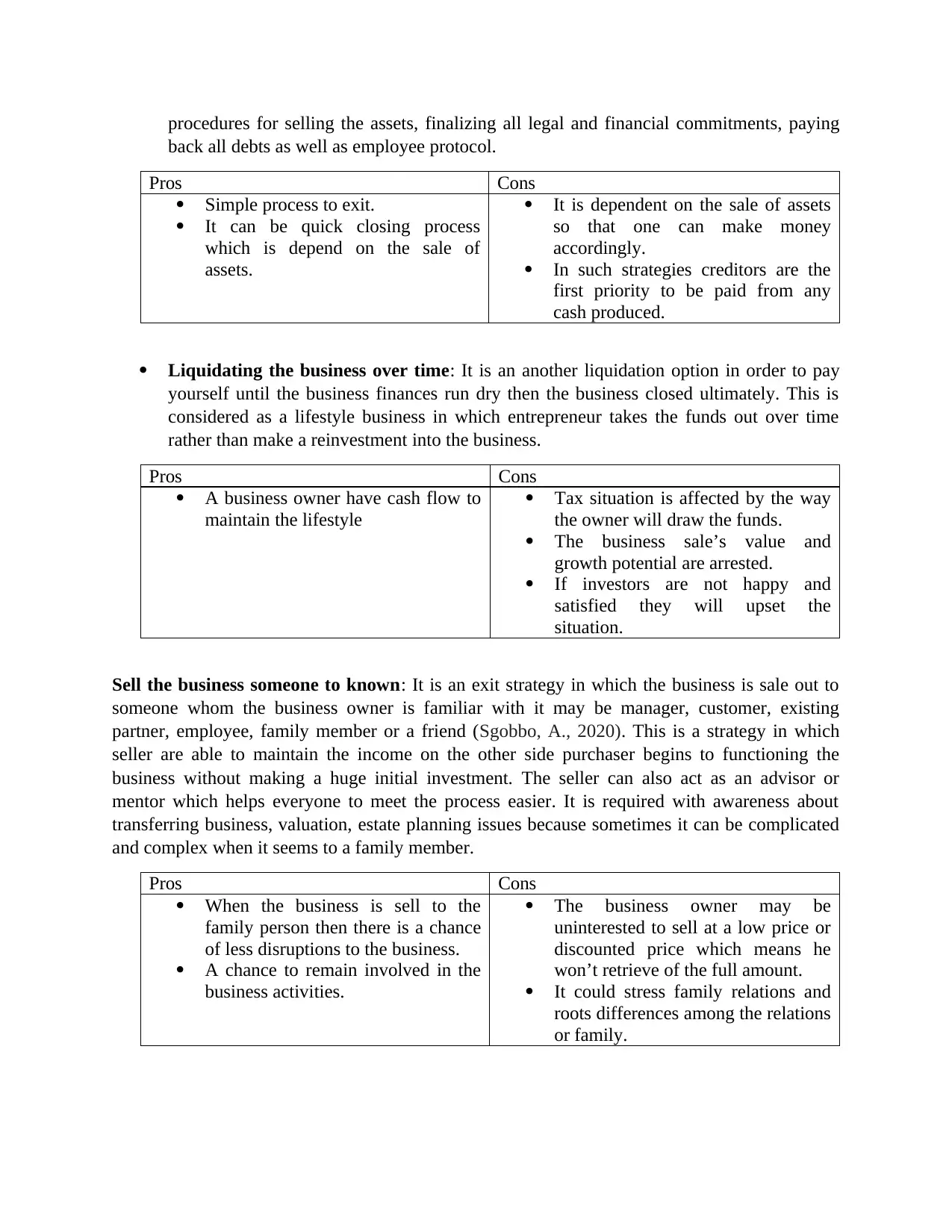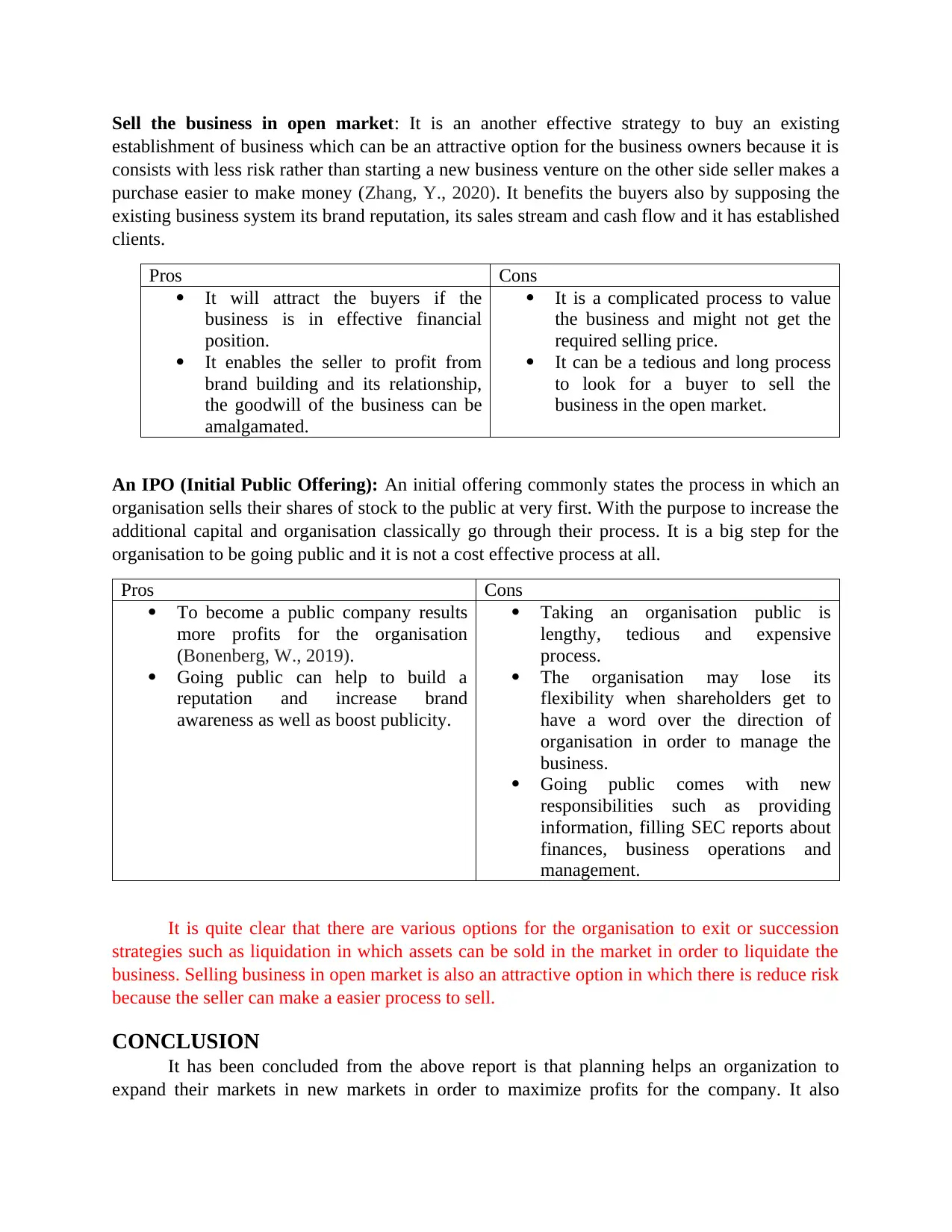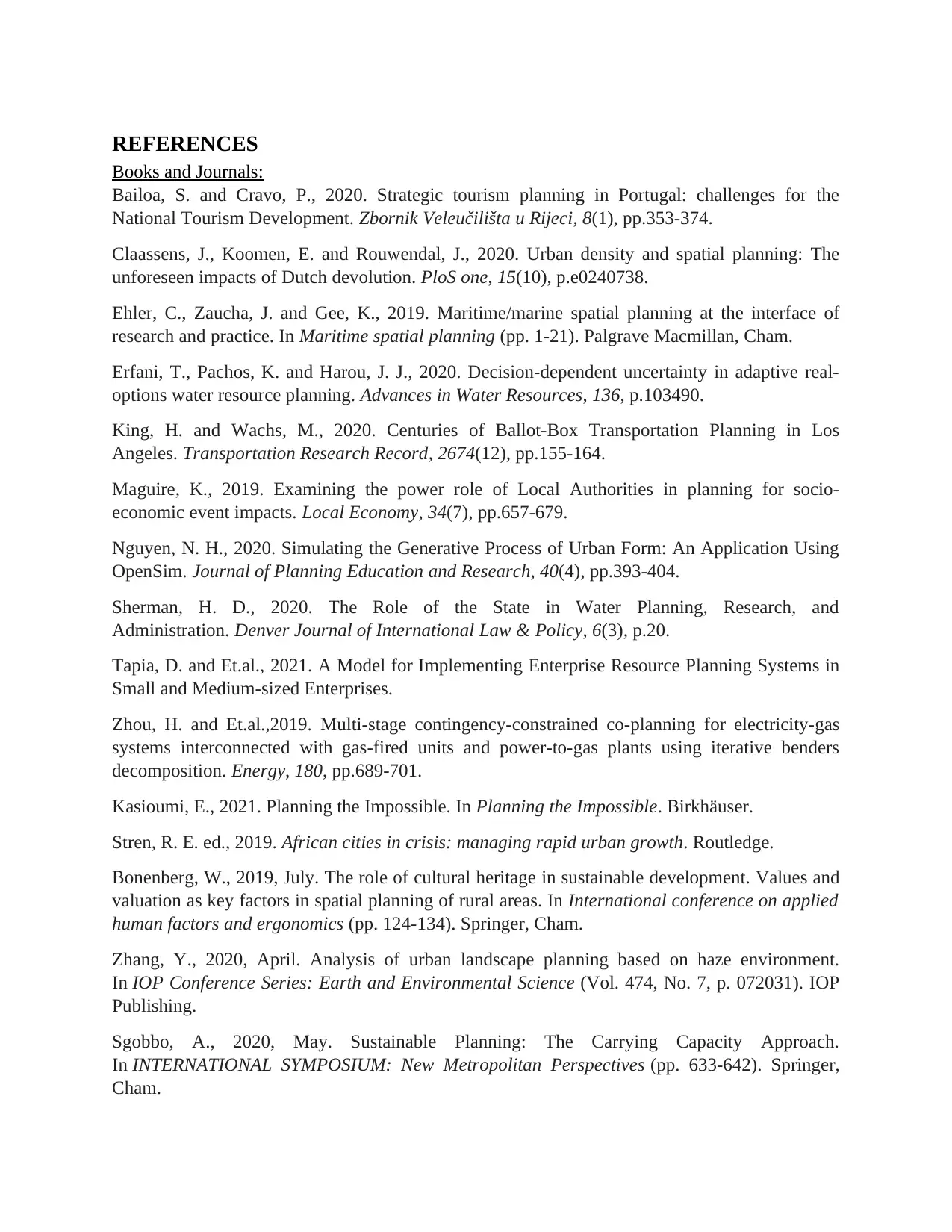This report discusses the growth plan for Aroma Cafe, a formal British coffee chain, and evaluates various aspects such as key considerations for evaluating growth opportunities, Ansoff matrix, potential sources of funding, and business strategies. It also includes a discussion on competitive advantage, core competencies, and resources. The report provides insights into the market penetration, market development, product development, and diversification strategies for Aroma Cafe. Additionally, it discusses equity crowdfunding, bank loans, and friends and family as potential sources of funding with their benefits and drawbacks. Finally, the report includes a business plan that includes financial objectives and strategic objectives for Aroma Cafe.
![[object Object]](/_next/static/media/star-bottom.7253800d.svg)
![[object Object]](/_next/static/media/star-bottom.7253800d.svg)
